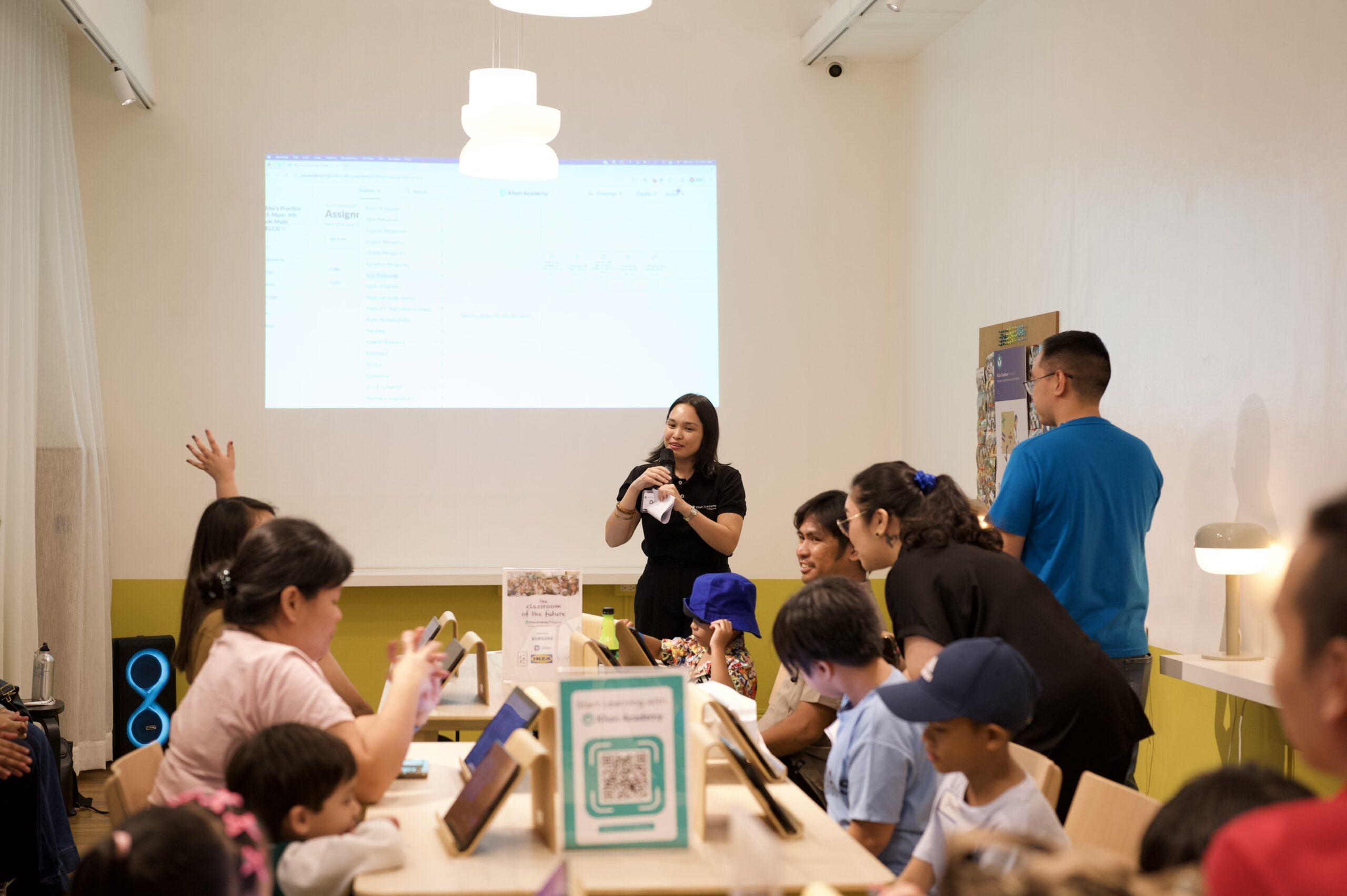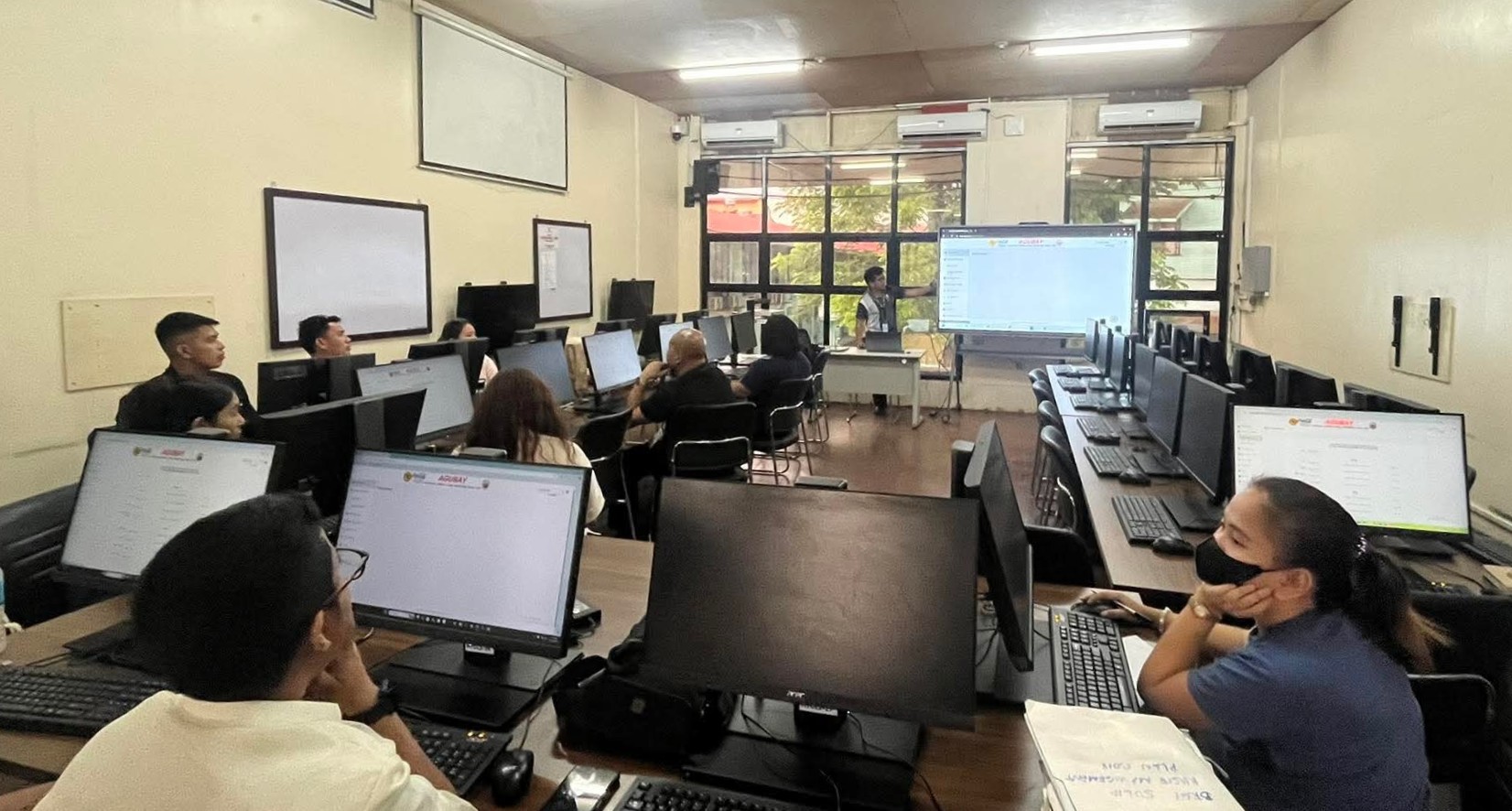The global luggage innovator introduces vibrant new collection designed to elevate modern travel while championing eco-conscious craftsmanship

Heys Philippines, the local branch of one of the world’s leading luggage innovators, is further cementing its reputation in global travel design through its latest product lines and expanding footprint in the country.
What began in 1986 in a Toronto suburb has evolved into a worldwide lifestyle brand celebrated for its advanced craftsmanship, stylish designs, and exceptional durability, qualities that strongly appeal to Filipino travelers.
It’s inspiring to see how Heys has grown from a small Toronto startup into a global travel brand, and even more exciting that its innovation and style now have a stronger presence in the Philippines. Their focus on quality and design really shows why Filipino travelers connect with the brand.

“Filipinos have a strong passion for travel and a growing appreciation for quality luggage that’s stylish and durable,” shares Joyce Carpiso, General Manager/Operations Head of Heys, Le Grand Boutique Philippines Inc. “Bringing Heys to the Philippines fits that lifestyle perfectly, as the brand is designed for travelers who value both function and fashion. Each Heys product is known for its vibrant colors, bold designs, and thoughtful details that reflect personality, confidence, and convenience. With Heys, you don’t just travel smart, but you travel in style and stand out wherever you go.”
The HiLite Collection: Where Function Meets Fashion
This year, Heys Philippines launches its latest collection of stylish and functional luggage.

The HiLite Collection marks its debut with its lightweight engineering and expressive design. Available in eye-catching colors such as Flamingo Pink, Aqua Breeze, Sunburst Yellow, Coral Reef, and Island Green, the collection captures the essence of Heys’ aesthetic ethos: luggage that empowers travelers to be both stylish and self-assured.
Made from 100% pure polycarbonate, each HLite luggage piece features a fully lined, color-matching interior with a zipper divider, buckled compression straps, and large zippered pockets for organized packing. The zipper-released expansion offers up to 20% additional packing capacity, while top and side handles ensure effortless lifting.
For enhanced mobility, the HiLite Collection boasts a lightweight aluminum telescopic handle with multiple locking positions and 360° dual spinner wheels, delivering smooth, stable movement from airport check-in to final destination.
“The HiLite Collection perfectly captures that balance of fashion and function,” Carpiso adds. “Beyond its bright, eye-catching colors, every detail, from the color-matched interior to the smooth 360° dual spinner wheels, is thoughtfully designed for convenience and comfort. Its vibrant shades also make it easy to spot from afar on the baggage conveyor, adding both style and practicality to every trip.”
Championing Sustainable and Eco-Friendly travel

As travelers embrace more conscious lifestyles, Heys Philippines responds with innovations that reduce environmental impact without compromising quality. Leading this charge is the ReNew Collection, a modern, eco-friendly luggage line made from 100% recycled water bottle PET material. Even its interior lining is crafted from recycled PET and is fully removable for easy cleaning, promoting long-term usability and freshness.
“Heys has been developing collections made from recycled and sustainable materials, including eco-friendly shells and linings,” Carpiso shares. “It’s part of the brand’s ongoing effort to promote responsible travel.”
Heys Philippines also carries the Heys Xero Elite 2.0, one of the world’s lightest luggage lines, engineered with a unique combination of ultra-lightweight recycled PET materials and components. Complementing this is the Heys Ecotex Packing Cubes line, available in both regular and compressible versions and crafted from 100% recycled nylon, which help travelers stay organized while supporting a circular, eco-conscious process.
Expansion, Collaboration, and Growth
Heys Philippines is well-positioned to expand through new collections and innovative collaborations as momentum grows. In order to give more people a close up look at Heys, we are also organizing pop-up events. In addition, we are increasing our online and in store presence. An upcoming relationship with an airline firm for a unique collaboration showcasing our pet carriers is one of the initiatives we are most enthusiastic about.
Heys items may be found in Landmark, Fashion Rack Outlets, and SM Department Stores.
Additionally, visitors can shop online at Lazada, Shopee, Zalora, and the official website, www.heys.ph.






























